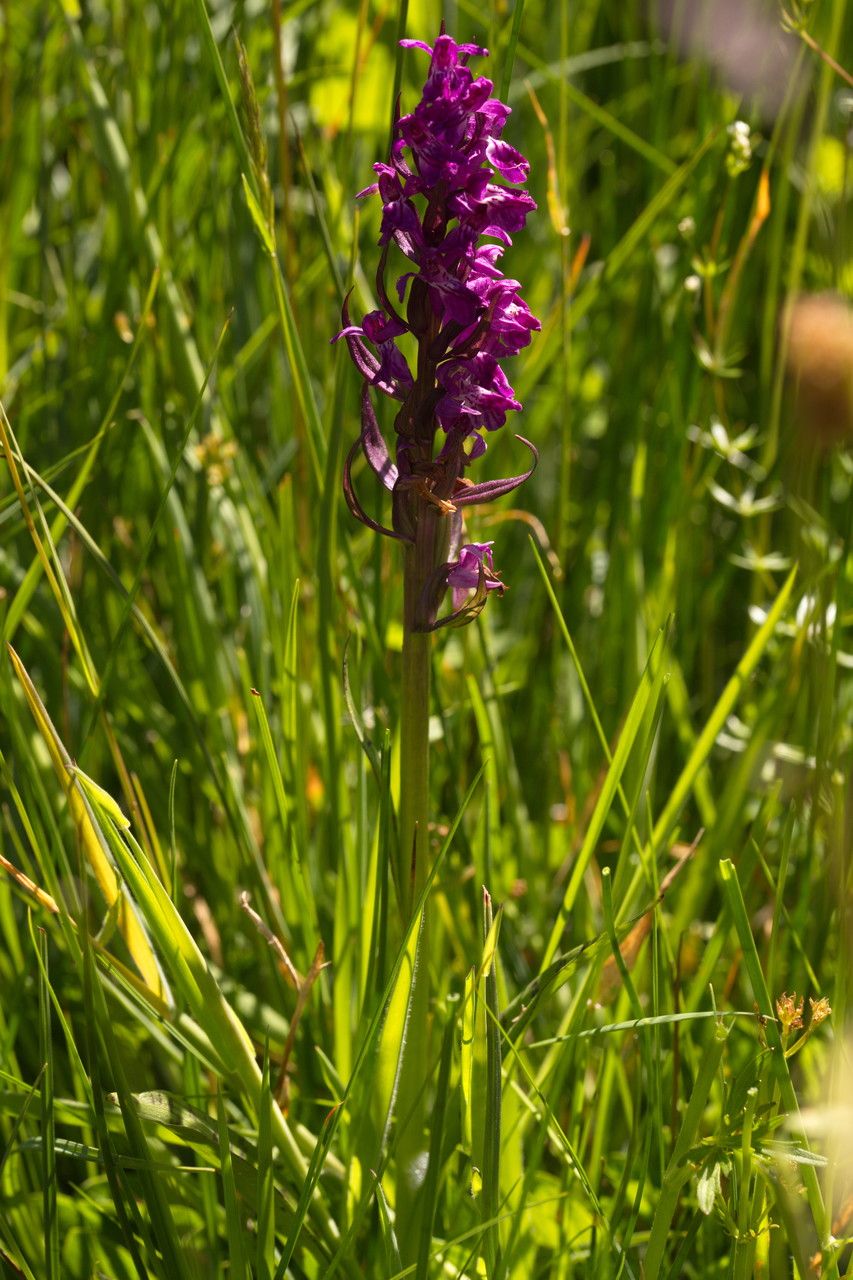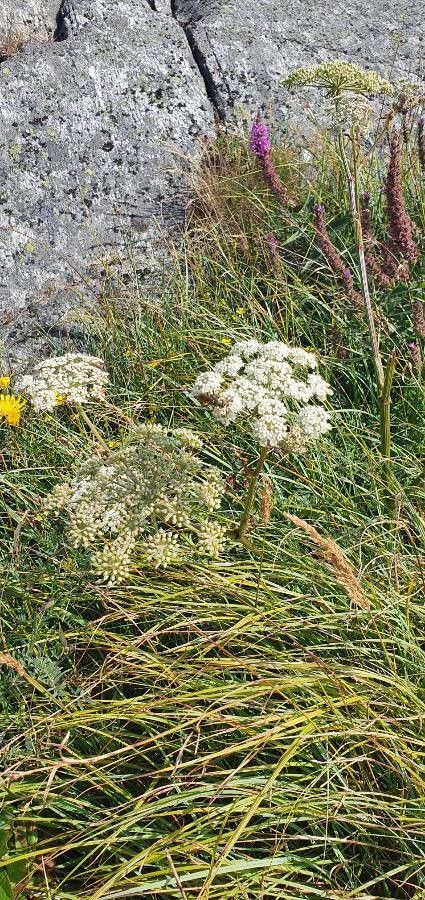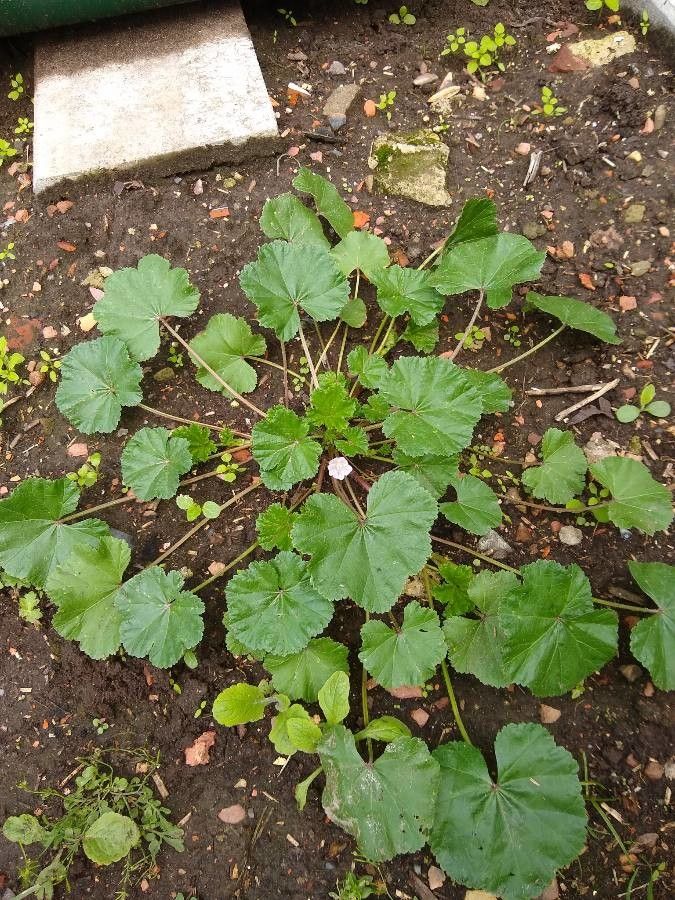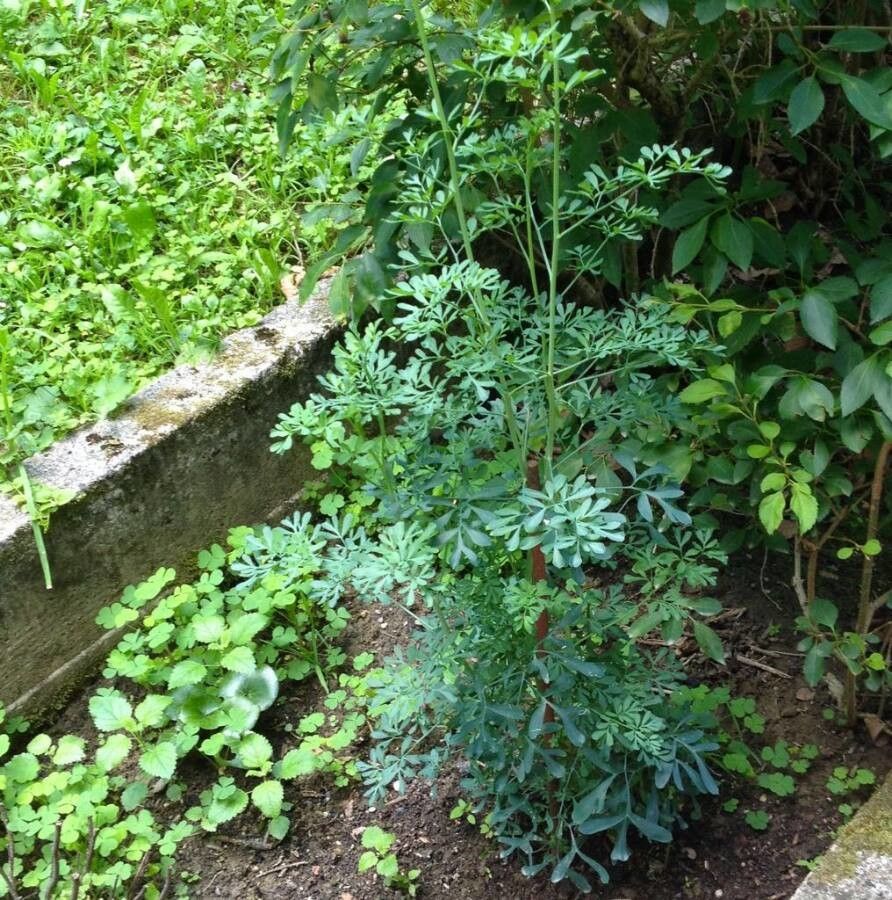## Early Marsh Orchid: A Delightful Wildflower
The Early Marsh Orchid ( *Dactylorhiza incarnata*) is a captivating member of the Orchidaceae family, renowned for its delicate beauty and fascinating adaptations to wetland habitats. This species, often found across Europe and parts of Asia, offers a rewarding sight for nature enthusiasts and a unique challenge for keen gardeners attempting cultivation.
### Identification
Identifying the Early Marsh Orchid requires a keen eye for detail. Its most striking features include:
* **Flowers:** Densely packed spikes of small, vibrant flowers, typically ranging in color from pale pink to deep rose-purple. The individual flowers exhibit a characteristic lip (labellum) with intricate markings and lobes.
* **Leaves:** Lanceolate, or spear-shaped, leaves are typically spotted or mottled with dark purplish markings, particularly along the midrib. They clasp the stem and provide an important photosynthetic surface.
* **Height:** The plant can grow to a height of 20 to 60 centimeters (8 to 24 inches), though size varies based on growing conditions.
* **Habitat:** This orchid thrives in wet, nutrient-poor meadows, fens, and marshes, reflecting its specific ecological requirements.
Differentiating the Early Marsh Orchid from other similar orchid species requires careful observation of flower color, markings, and habitat. Using a field guide specific to your region is strongly recommended for accurate identification.
### Habitat and Growth
The Early Marsh Orchid demands specific environmental conditions to flourish. It prefers:
* **Sunlight:** Partial to full sun, though some afternoon shade is beneficial in hotter climates.
* **Soil:** Wet, calcareous soils that are nutrient-poor and acidic to neutral in pH. The soil must retain moisture but not be waterlogged. Heavy clay soils are not suitable.
* **Moisture:** Consistent moisture is crucial. The soil should remain damp, but never dry out completely.
Attempting to cultivate this orchid requires meticulous attention to these conditions. It's significantly easier to observe this species in its natural environment than to successfully replicate its needs in a garden setting.
### Conservation Status
The Early Marsh Orchid, like many wild orchid species, faces threats from habitat loss, pollution, and changes in land management practices. Maintaining and restoring its wetland habitats are essential for ensuring its long-term survival. Protecting these delicate ecosystems benefits a wide array of flora and fauna.
### Enjoying Early Marsh Orchids Responsibly
When admiring Early Marsh Orchids in their natural habitat, remember to observe them from a distance, avoiding any damage to the plant or its surroundings. Never pick the flowers, as this negatively impacts their reproductive cycle and contributes to population decline. Respect their environment and appreciate their beauty without disturbing the ecosystem.
### Further Research
For deeper insights, explore specialized botanical resources and online databases focusing on orchid identification and conservation. Your local botanical gardens or natural history museums might also offer informative exhibits or guided tours related to native orchids.
Early Marsh Orchid: Identification & Care Guide

Frequently Asked Questions
How do I identify an Early Marsh Orchid?
Look for densely packed spikes of pale pink to deep rose-purple flowers with a distinctive lip. The lanceolate leaves are often spotted or mottled. Consider its habitat – wet, calcareous meadows or marshes – for confirmation. Using a regional field guide is highly recommended.
Where does the Early Marsh Orchid grow?
The Early Marsh Orchid thrives in wet, nutrient-poor meadows, fens, and marshes across Europe and parts of Asia. It requires consistently moist, calcareous soils that are acidic to neutral in pH. These specific conditions limit its distribution.


